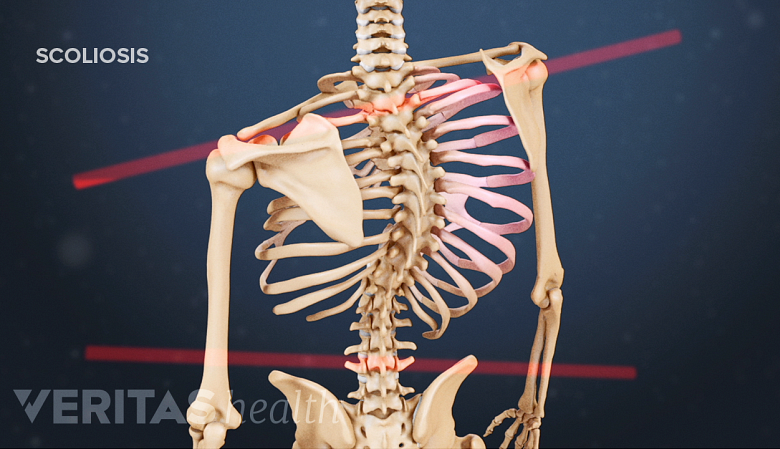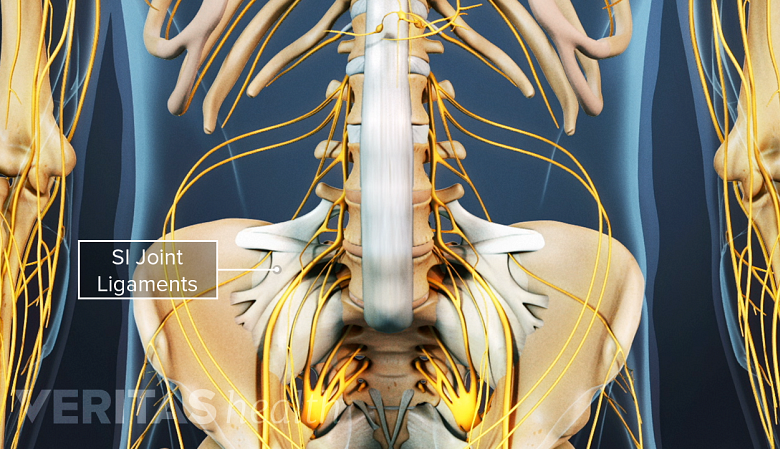The need for x-rays is a debatable topic within chiropractic care. Spinal x-rays are often categorized as “standard of care” on an initial chiropractic evaluation. However, most musculoskeletal conditions that present in a chiropractic office are simple mechanical dysfunctions that can’t be visualized on an x-ray and are easily remedied with manipulative or mobilization treatments. It is reasonable to start with a trial of chiropractic care, then consider x-rays if symptoms fail to improve.
For more complex conditions, initial x-ray analysis may be required.
Finding the right balance between when an x-ray may be helpful versus unnecessary is important in chiropractic health care. Taking unnecessary x-rays can potentially cause harm, such as:
- Ionizing radiation exposure, which may elevate the risk of cancer over long periods of time. 1 Do x-rays and gamma rays cause cancer? American Cancer Society Website. https://www.cancer.org/cancer/cancer-causes/radiation-exposure/x-rays-gamma-rays/do-xrays-and-gamma-rays-cause-cancer.html. Updated February 24, 2015. Accessed March 11, 2020.
- Patient knowledge of spinal degeneration on x-rays has the potential negative psychological impact of labeling them with disease based on diagnostic findings rather than clinical symptoms. While these cases do not significantly alter outcome, they are associated with a lesser sense of well-being. 2 Ash L, Modic M, Obuchowski N, Ross J, Brant-Zawadzki M, Grooff P. Effects of diagnostic information, per se, on patient outcomes in acute radiculopathy and low back pain. Am J Neuroradiol. 2008;29:1098–1103. doi: 10.3174/ajnr.A0999.
There are arguments both for and against the use of x-rays as a part of chiropractic health care.
In This Article:
Indications for X-rays in Chiropractic Care
X-rays are recommended for spinal deformities such as scoliosis.
As a general guideline, x-rays are recommended in the chiropractic healthcare setting to 3 Jenkins HJ, Downie AS, French SD. Current evidence for spinal x-ray use in the chiropractic profession. Chiropr Man Therap. 2018; 26:48. :
- Diagnose a recent trauma which may have resulted in a fracture at any age; minor trauma in people between ages 50 and 70 years old; and those over age 70 due to the risk of osteoporosis-related fracture.
- Diagnose spondyloarthritis that may be causing spinal degeneration.
- Monitor a spinal deformity that might be progressing, such as kyphosis or scoliosis.
An x-ray is indicated if it is likely to help guide the type of treatment recommended for the patient. In any of the above cases, an x-ray would likely provide critical information that will direct treatment protocols and/or referral options for the patient.
Contraindications for an X-ray
X-rays are ineffective in identifying pathology in soft tissues like ligaments and tendons.
X-rays are not medically necessary for most chiropractic patients. Specifically, an x-ray should not be performed for any of the following reasons:
- To identify problems with soft tissues (muscles, tendons, or ligaments) or within the spinal disc itself. X-rays are only effective in identifying pathology with bones and joints, not with soft tissues. An MRI is usually needed to identify soft-tissue problems (for example, a disc or nerve pathology).
- Purely for exploratory purposes. A qualified health practitioner will typically have a good idea of the cause of the patient's pain before ordering the x-ray and will use the result to confirm their findings. Similarly, most chiropractors will have a good idea of the specific pathology they are trying to rule out with an x-ray.
- If there is a possibility that the patient could be pregnant.
- To monitor how a patient’s spine is responding to treatment. 4 Clinician Lists. Choosing Wisely website. https://www.choosingwisely.org/clinician-lists/#keyword=chiropractic. Accessed March 11, 2020.
- To evaluate recent onset of back pain (less than 6 weeks duration) without a clear clinical reason. 4 Clinician Lists. Choosing Wisely website. https://www.choosingwisely.org/clinician-lists/#keyword=chiropractic. Accessed March 11, 2020.
With most forms of general musculoskeletal back or neck pain, an x-ray will not be needed to guide the course of treatment. Because x-rays expose patients to radiation, unless there is a valid reason to have the x-ray, it is best to avoid it.
Questions to Ask
Some questions about x-rays that may be asked of the chiropractor include:
Does the chiropractor recommend an x-ray? If so, why? Avoid chiropractors who insist on taking x-rays of every patient, regardless of what is wrong.
If an x-ray is taken by the chiropractor, how do these x-ray findings correlate to the patient's pain and symptoms? It is common for an x-ray to show a spinal abnormality yet the patient has no symptoms. If the patient does not have pain and the practitioner recommends continued chiropractic treatments based solely on the x-ray, it is advisable to get a second opinion from another chiropractor or medical professional. This same general rule is true for MRI scans or any other type of testing.
Also, avoid a chiropractor who compares a patient’s x-ray to a textbook-perfect spine as validation for extensive treatment with promises that the patient's spine can be changed. Most people’s spine x-ray images will show an imperfection of some type. The goal is not to have an anatomically perfect spine but to improve the function of the spine within its given structure.
What other tests may be offered by the chiropractor? If a practitioner is offering a high-tech test, patients may be well served to research the validity of the test before agreeing to it. Certain types of tests—surface EMG scan, for instance--may look impressive but in fact have little or no scientific data supporting their use in making treatment decisions. 5 Meekins GD, So Y, Quan D. American Association of Neuromuscular & Electrodiagnostic Medicine evidence-based review: use of surface electromyography in the diagnosis and study of neuromuscular disorders. Muscle Nerve. 2008; 38(4):1219-24. doi: 101.1002/mus.21055. Many tests commonly come with a high price tag that may not be covered by insurance.
The bottom line is that x-rays are not warranted in most cases for treatment of general neck and back pain. When used appropriately, x-rays can help identify and/or rule out specific pathology and help guide appropriate treatment.
- 1 Do x-rays and gamma rays cause cancer? American Cancer Society Website. https://www.cancer.org/cancer/cancer-causes/radiation-exposure/x-rays-gamma-rays/do-xrays-and-gamma-rays-cause-cancer.html. Updated February 24, 2015. Accessed March 11, 2020.
- 2 Ash L, Modic M, Obuchowski N, Ross J, Brant-Zawadzki M, Grooff P. Effects of diagnostic information, per se, on patient outcomes in acute radiculopathy and low back pain. Am J Neuroradiol. 2008;29:1098–1103. doi: 10.3174/ajnr.A0999.
- 3 Jenkins HJ, Downie AS, French SD. Current evidence for spinal x-ray use in the chiropractic profession. Chiropr Man Therap. 2018; 26:48.
- 4 Clinician Lists. Choosing Wisely website. https://www.choosingwisely.org/clinician-lists/#keyword=chiropractic. Accessed March 11, 2020.
- 5 Meekins GD, So Y, Quan D. American Association of Neuromuscular & Electrodiagnostic Medicine evidence-based review: use of surface electromyography in the diagnosis and study of neuromuscular disorders. Muscle Nerve. 2008; 38(4):1219-24. doi: 101.1002/mus.21055.












